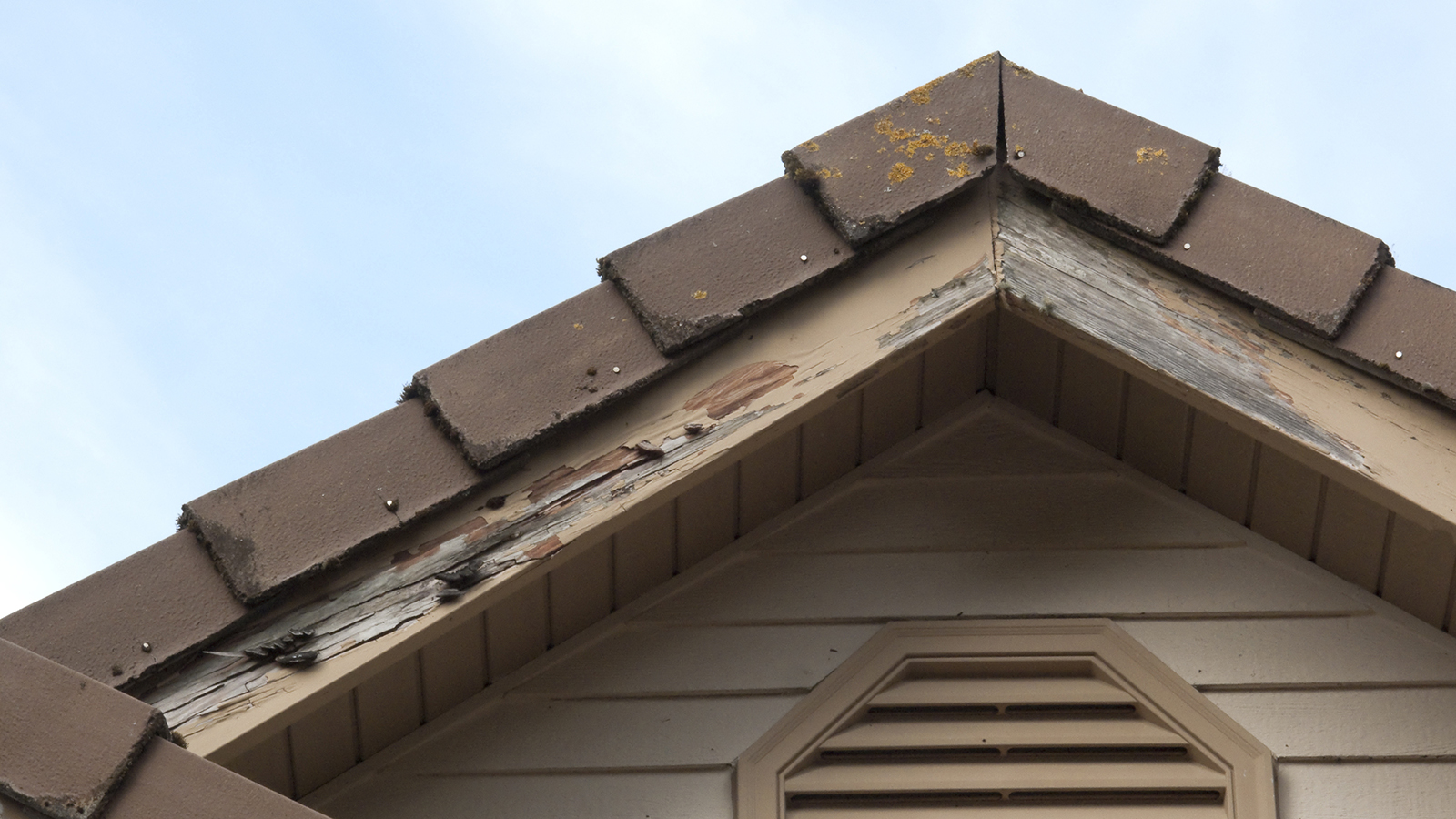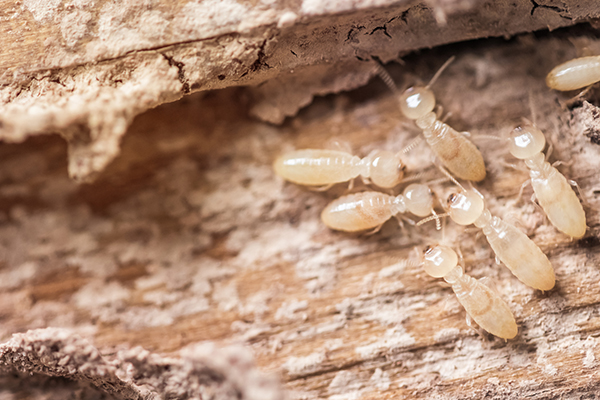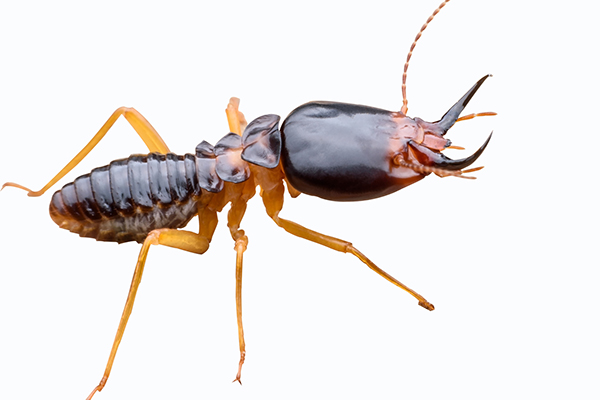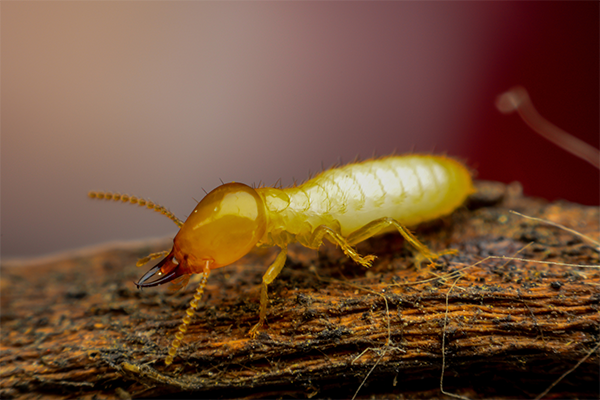Types of Termites and How to Prevent Them

There’s a reason the termite is nicknamed “silent destroyers.” They come when you least expect it and can cause thousands of dollars in damage. But with the right prevention, you can keep your house free from pesky termites and protect yourself from expensive repairs.
Common Types of Termites in the South
Believe it or not, there are different kinds of termites. Below are three types that are most common in the South.
Drywood termites
Just like the name, they infest dry wood and don’t require as much moisture for survival as other species. These termites establish nests in roof material and wooden wall supports and can also infest dead wood that may be laying around the home.

Facts about drywood termites:
-
Typically, a light brown or cream in color
-
They are larger in size than most others
-
Drywood termites usually form multiple nearby colonies of up to 2,700 members
-
Drywood termites do not originate from the soil which means they do not track mud, typically an indicator that there is a termite infestation.
Eastern subterranean termites
This is the most common termite and the most destructive. Commonly found in humid subtropical locations from Florida to southern California. These termites have hard, saw-like mandibles which they use to inflict extensive amounts of damage to wooden structures. Eastern subterranean termites are more than capable of collapsing an entire home and buildings. Different from drywood termites who like to eat against the wood, eastern subterranean termites prefer to feed on softwood and eat with the grain of the wood.

Facts about easter subterranean termites:
-
95% of termite damage is from eastern subterranean termites
-
They can form colonies of up to two million members
-
These termites are commonly mistaken for flying ants, so if you see this species and think it might be a flying ant, it doesn’t hurt to get it checked out. It might just save your house.
Formosan termites
The Formosan termite is the dominant type of subterranean termites in the Lowcountry region. Commonly found in North Carolina, South Carolina and Georgia. These termites can live away from the ground given enough moisture to sustain a colony. With the large size of the termite colonies, Formosan termites can cause extreme damage in a short period of time.

Facts about Formosan termites:
-
Nicknamed the “super termite” because of its aggressive nature.
-
When they feel threatened, they can project a white defensive fluid from their heads.
-
Usually an orange-hued, oval-shaped head with unique curved mandibles.
-
Their colonies average 350,000 termites but can range into the millions.
Is Termite Damage Covered on Insurance?
Termite damage is not covered by homeowners insurance. Termites are not a sudden nor accidental problem and is seen as something you should prevent, which is one reason why termite damage is not a covered event under insurance. Consider purchasing a termite bond, also known as a termite warranty, through a pest control service, it will give you peace of mind and may even be required by your state.
Are termite protection plans worth it?
Whether it’s called a termite bond or a termite warranty, you may be wondering if these are worth the money in your termite management efforts. The average cost of termite repair for a homeowner is around $3,000 but can go upwards to $9,000.
According to Home Guide, a termite bond can range from $500 to $2,000. Considering the cost of a termite warranty is less than the cost of termite damage, and the fact that it’s much easier to prevent than treat damage from termites, it’s probably safe to say a termite bond is worth it.
Protecting Your Home from Termites
Aside from professional help, there are some things you can do to help prevent termites. Here are 4 tips for protecting your home from a termite infestation.
1. Remove feeding sources
Termites thrive off food, warmth and moisture. Eliminating those things can stop them from reproducing. Check around your house and remove all wooden materials. Twigs, firewood, tree stumps, leaves, etc. should all be removed or at least treated by a professional.
2. Create a barrier
A chemical barrier of termite treatment around your home can help prevent termites. Termite treatment can be very harmful to you, your family, and your pets if not done correctly. Always have a professional do this to ensure safety and efficiency.
3. Introduce roundworms
Another option is to bring roundworms into the termite environment. Roundworms are enemies of termites and can kill them within a few days. You may need to do this more than once depending on the lifespan of the roundworms.
4. Pre-treatment
When you are building a house, it’s a good idea to pre-treat for termites. If you are building a home or live in a home that is heavily forested, make it a habit to get treatments regularly.
Signs you might have a termite problem:
• Wood sounds hollow when knocked on
• Small tunnels of mud formed on the foundation of the home
• Excessively squeaky floorboards
• Drooping or discoloration on drywall
• Piles of termite droppings (that look like small mounds of salt) or leftover wings that look like fish scales
Termites are one thing you do not want to mess with. If you believe you have a termite problem or spot a termite, call a professional immediately. Taking care of your home is important as a homeowner and having adequate home insurance is important. Call your local Alfa® agent to get a free homeowners quote today!